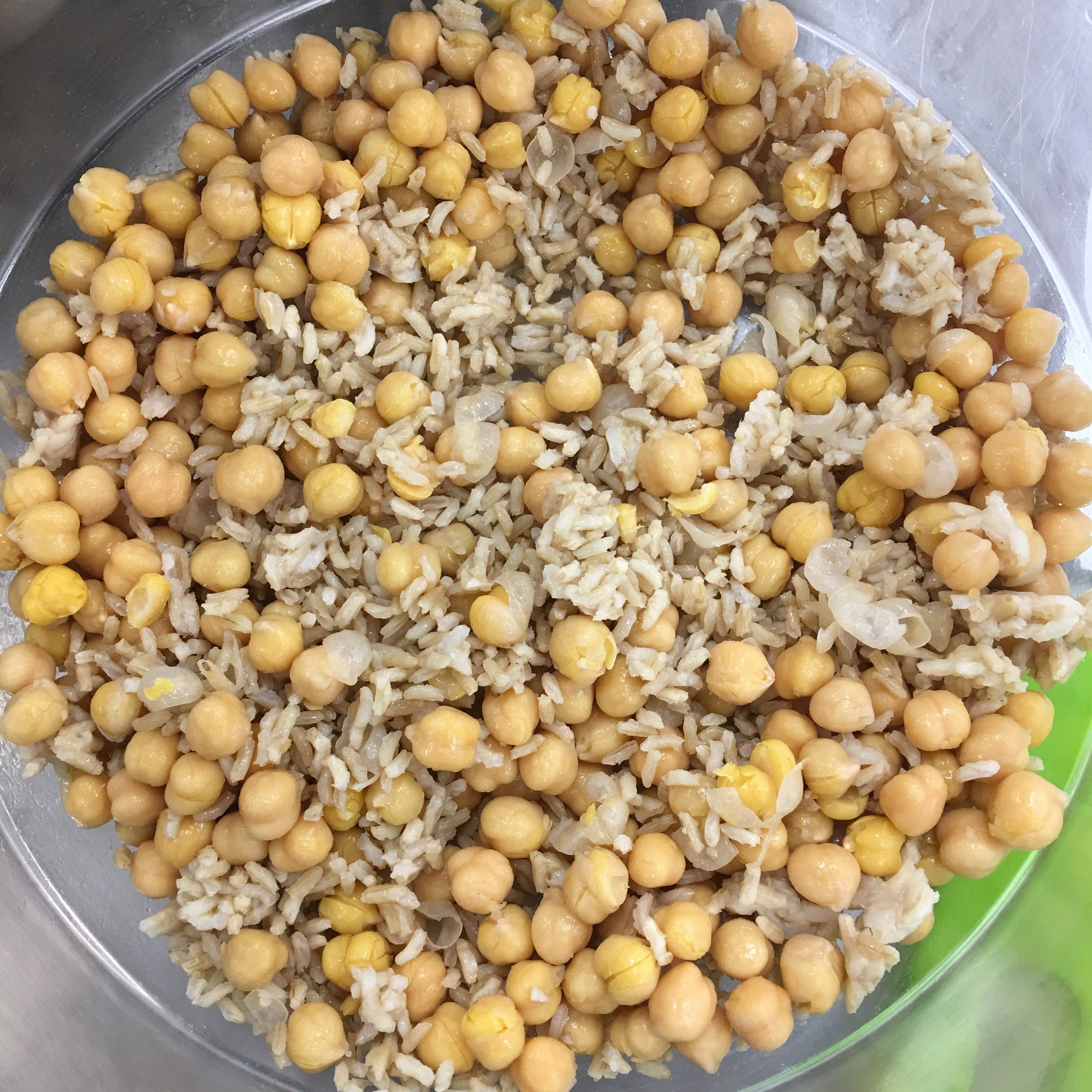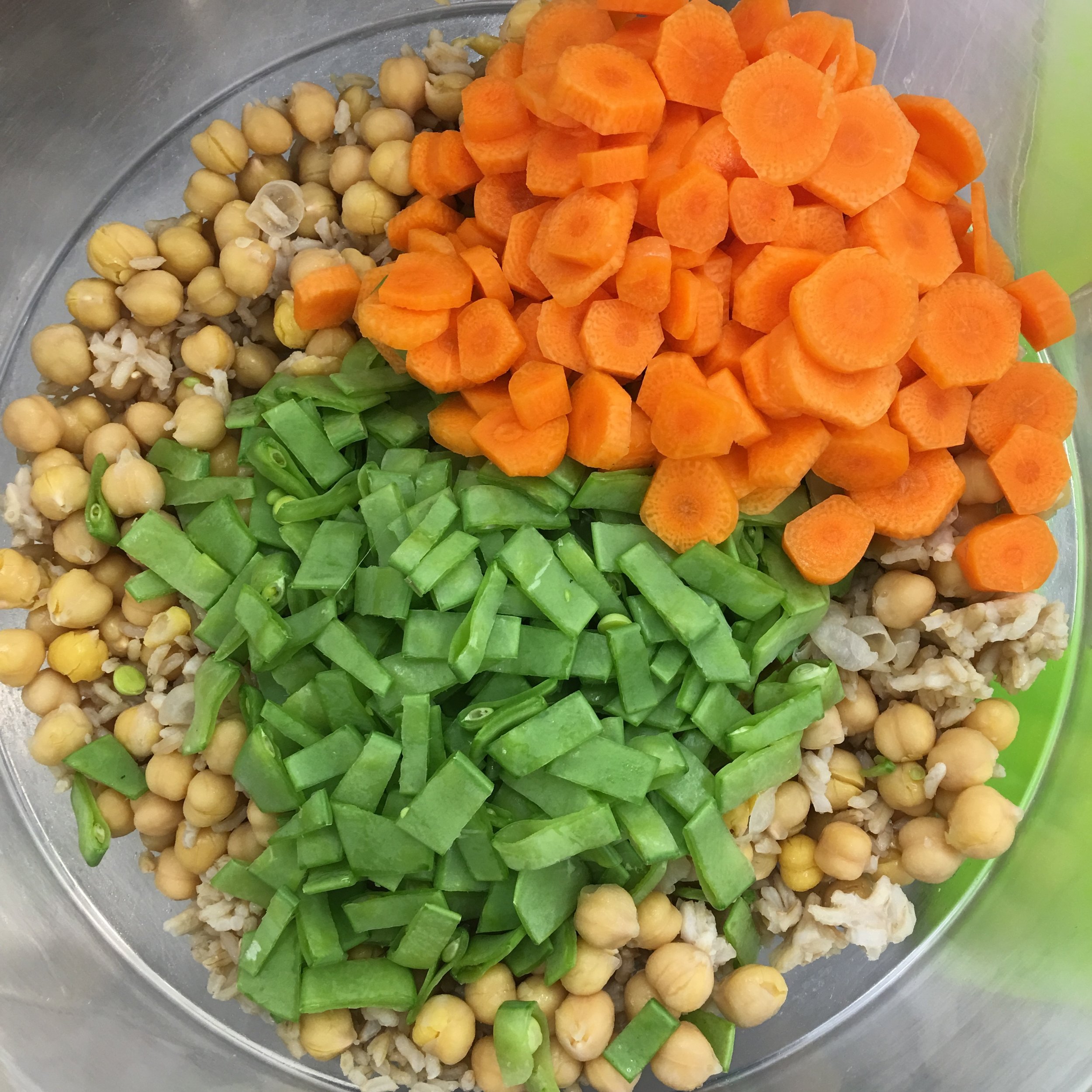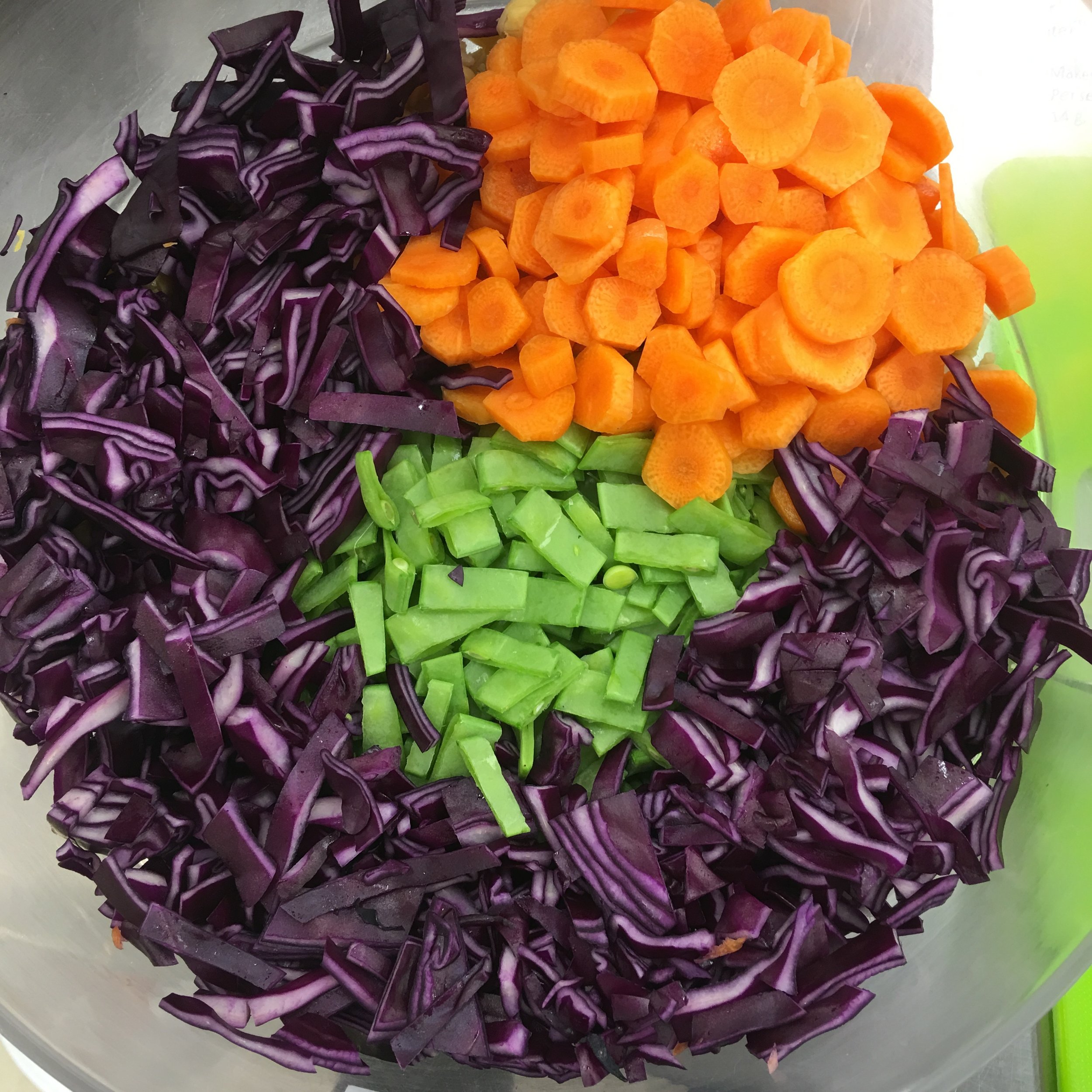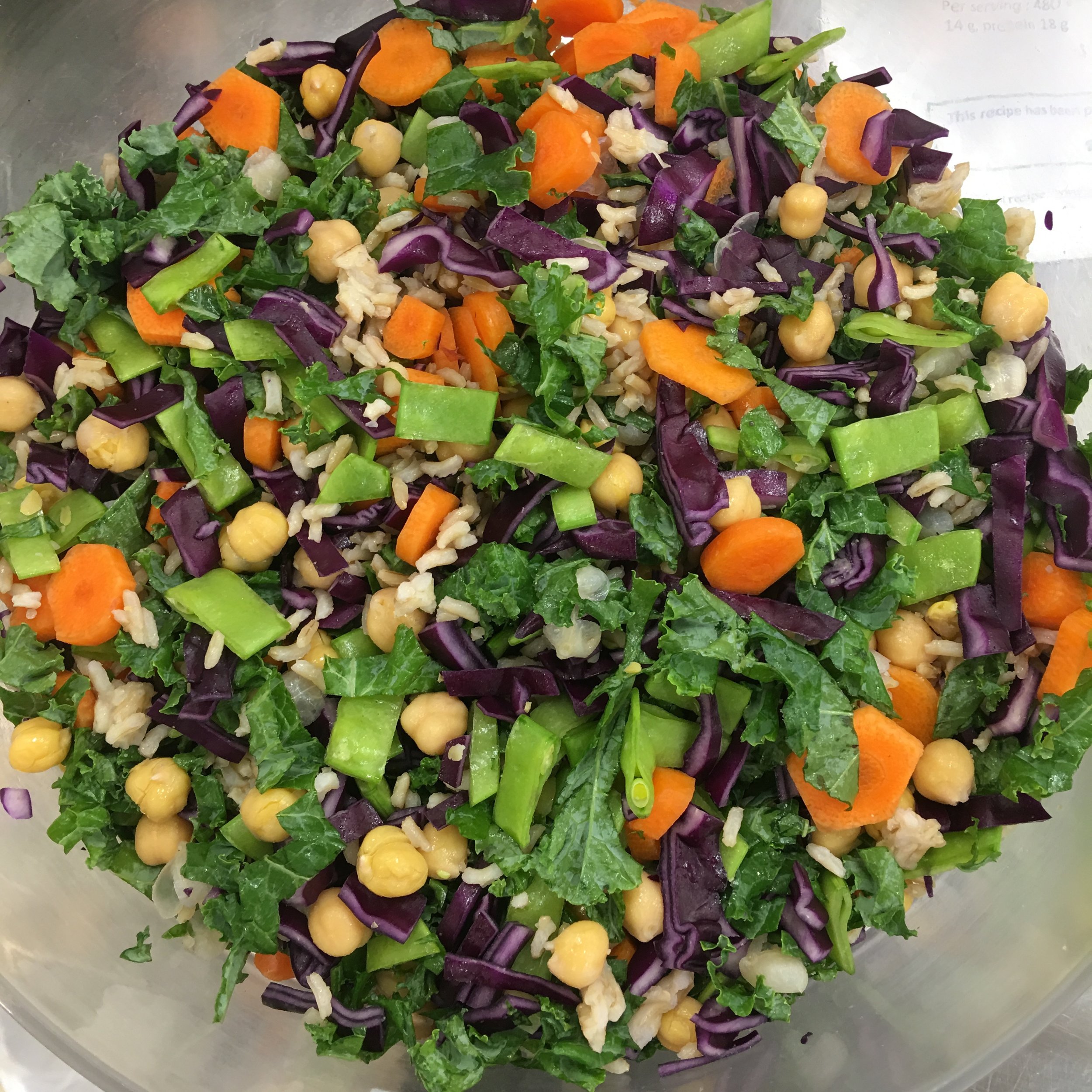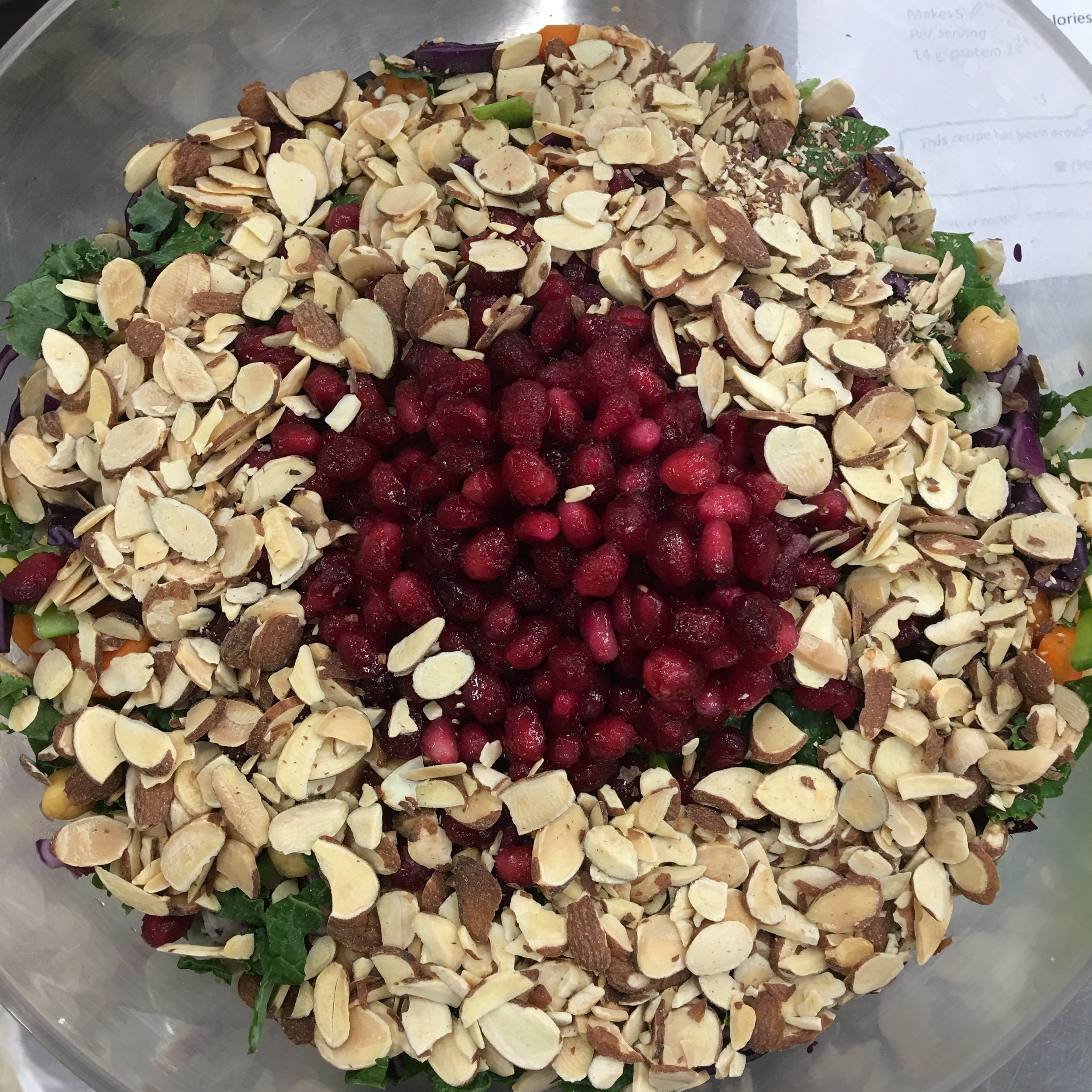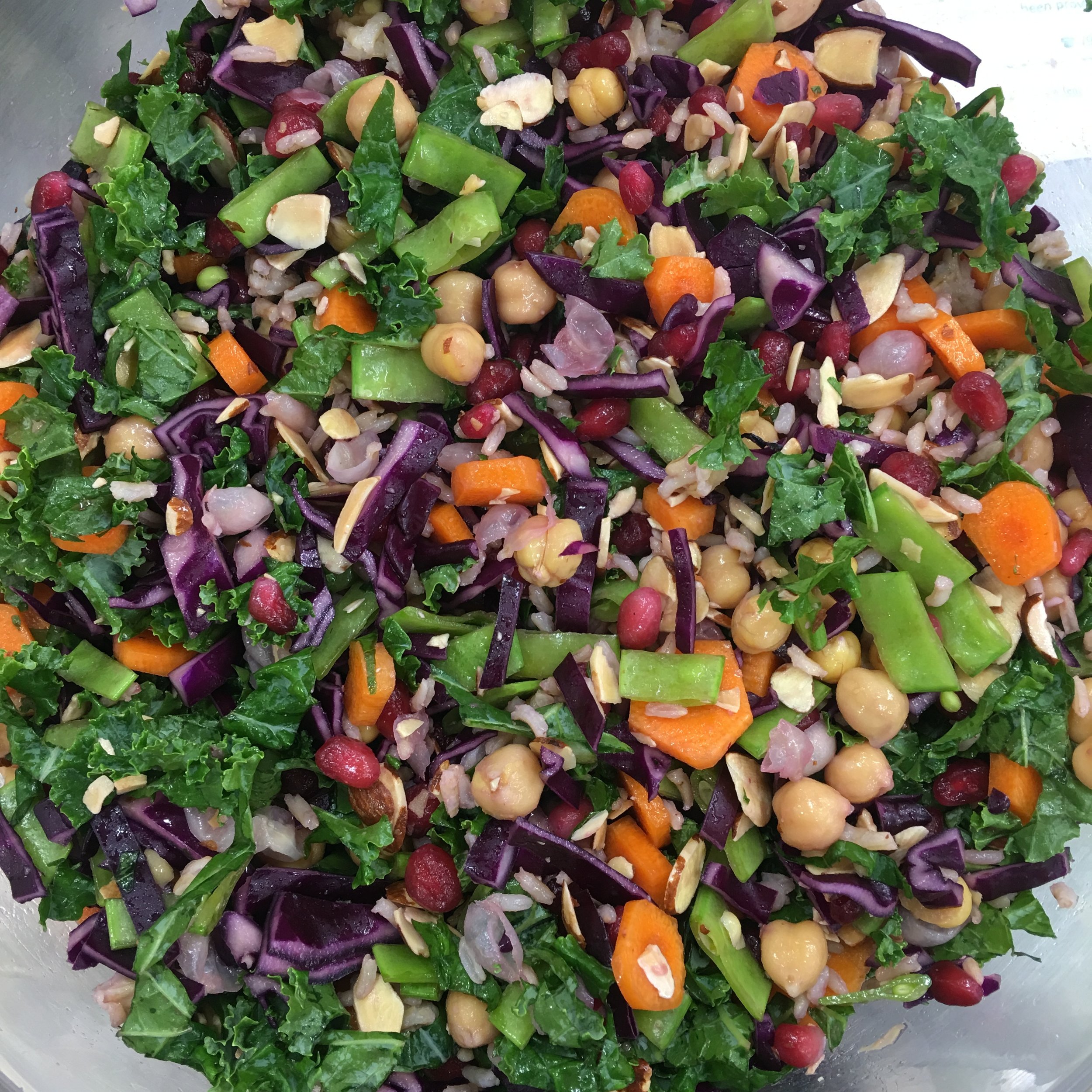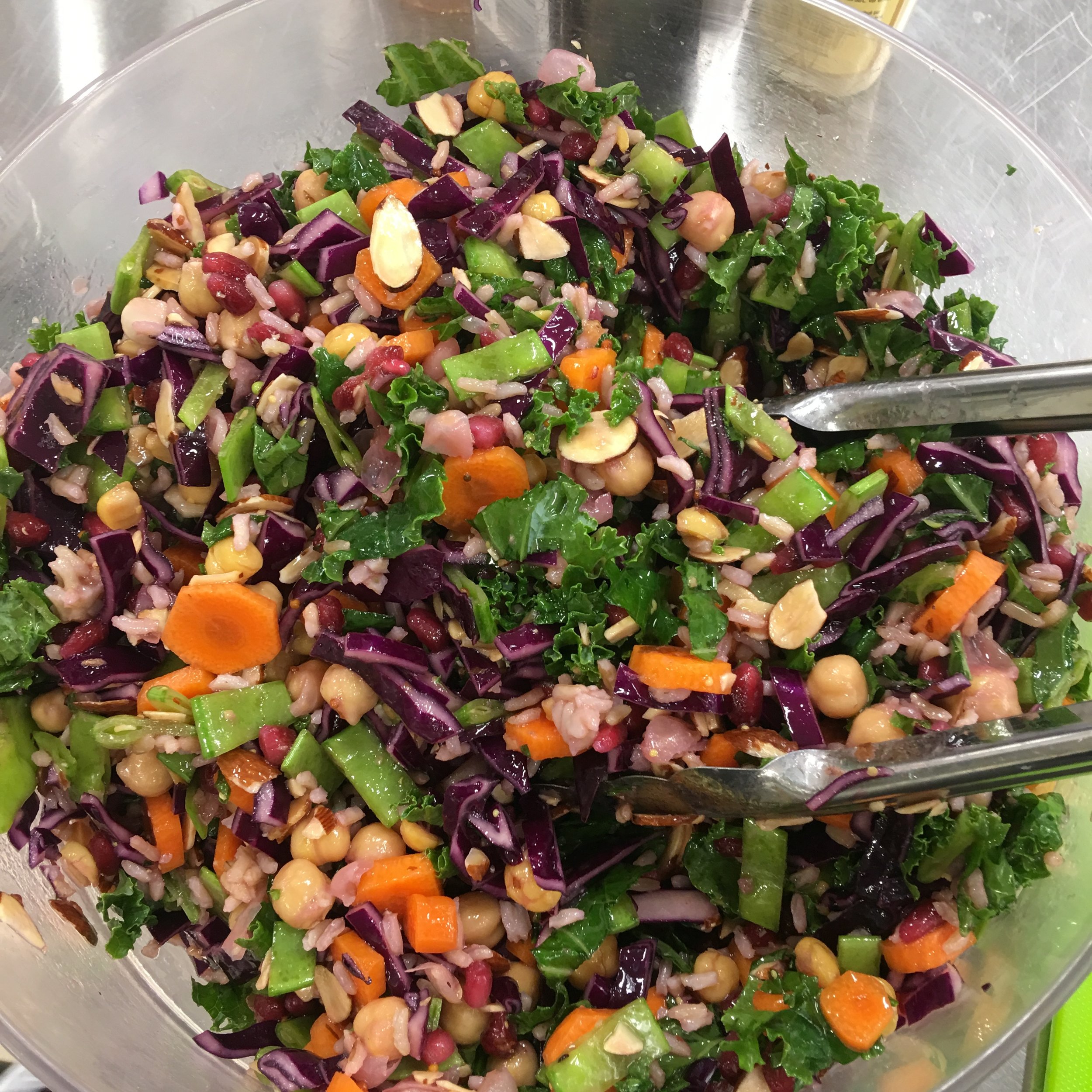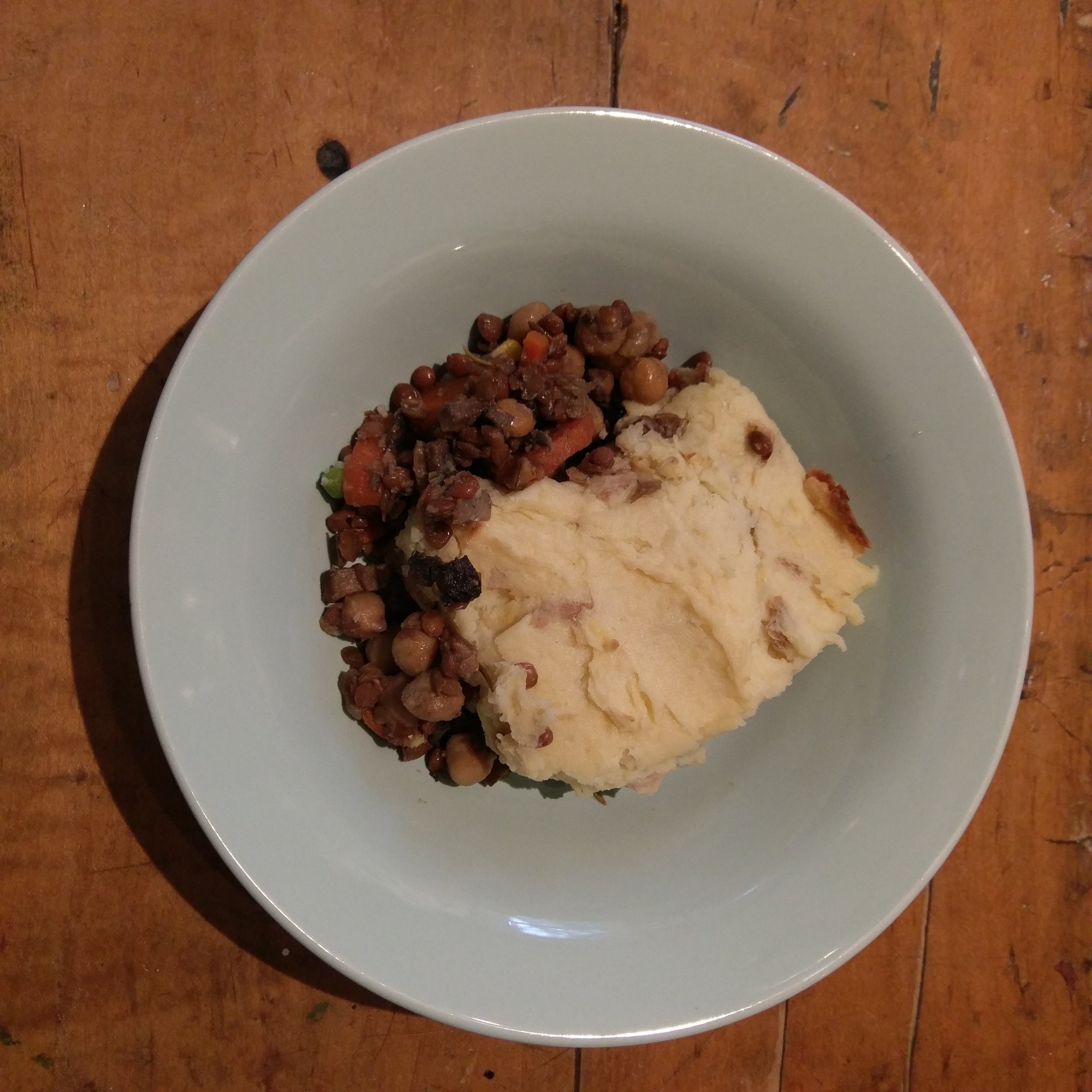Plant-based protein are still the rage and they are are here to stay. In Part 1 of this blog series, we shared our top five reasons to make plant-based proteins part of your everyday meals and snacks. (I highly recommend reading it here first!)
Why are plant-based proteins so crave-worthy?
More and more research shows the health benefits of eating a plant-based diet for both our health and the environment (1). This doesn’t mean you have to give up animal products, it just means that shooting for a diet filled mostly with plant-based foods is a sure-fire recipe for good health.
Now, you may be wondering, “How do I start a plant-based diet? Where do I even begin?” Not to worry, I have five simple tips to help you include more plant-based protein in your diet!
1. Make room for more meatless meals.
Perhaps you’ve heard of Meatless Monday? It really can be any day you choose, of course. Start slowly and build up to having more meatless meals through the week. If you need a meatless meal inspiration you can try our Rainbow Salad with Chickpeas (above) or Vegan’s Shepherd’s Pie, my personal fav! (Below)
2. Give your usual every day meals a plant-based boost!
For instance, switch up your traditional brownie recipes by adding pureed black beans or sweet potato, add lentils and beans to your favourite soups and salads, or add hemp hearts and ground flax seeds to your morning cereal.
3. Sub out animal-based proteins for a plant-based counterpart.
What’s a plant-based counterpart? For example, soft tofu instead of eggs in baking. Or simply add some chickpea or almond flour in your next baking marvel to bump up the fibre and protein of your baked goods. Most times you can’t even tell the difference! Our top recipe to having you craving plant-based protein in no time is this mouth-watering Chocolate Pie.
4. Tantalize your taste buds with meatless “meat” products.
There are 2 types of meatless meat products on the market. The first are Meat Alternatives which are made from vegetables, pulses or grains and are meant to look like a patty or a meatball but don’t really have same taste, texture or aroma as meat. An example would be Yves Kale and quinoa bites - a plant-based protein that doesn’t really make you think of a hearty meatball, but gives you the protein you need. The other kind are Meat Analogues which are most like meat in terms of appearance, taste, texture and aroma, and are often made from soy, pea or whey protein. For example, Yves veggie chicken burgers made with soy protein are meant to look and taste like a real burger patty but have no meat at all. You might not even be able to tell it apart from the real thing!
5. Make way for a New Era of alternative proteins: Edible Insects
While you may shutter to think of bugs as food for humans, many cultures from around the world are no strangers to eating these exotic delights. Until recently eating such delicacies was unacceptable by most, but the search for a sustainable plant-based protein has led to a growing new market in North America.
The practice of eating insects is called entomophagy and recently this practice has been slowly creeping (no pun intended!) into western supermarkets.
Cricket powder can now be purchased at Loblaws stores and has 13 g of protein per 19g or 2 ½ tablespoons. The crickets are even farmed right here in Canada which gives these critters a local seal of approval.
We now Interrupt this Program with a word from our Cricket Friends…
**CHIRP CHIRP CHIRP**
Okay, but for real. What makes crickets so good for us and the planet?
For starters, cricket farms are more environmentally friendly because they use less land than traditional livestock farming, require less water than traditional livestock, and make fewer greenhouse gases. Very little money and raw materials are needed to run an insect farm, making it an affordable activity (9). This makes insects a good option for a sustainable food system (say hello to improving food security around the world and helping feed the ever-growing world population!).
Besides being friendly to our planet, edible insects are powerhouses when it comes to nutrition. They contain high quality protein and energy as well minerals such as copper, iron, magnesium, manganese, phosphorous, selenium, and zinc and the vitamins riboflavin, pantothenic acid, biotin, and folic acid (10).
Want to know where to find these edible critters? If you’re local to the Niagara region, check out the Bug Buggy, a local business based in St. Catharines that prides itself in being Niagara’s source for edible insects. Not quite ready to prepare the insects yourself but feeling adventurous enough to give them a go? You may see dishes like cricket empanadas, cricket guacamole, silkworm soup, and mealworm burgers available at various trendy restaurants near you. Be rest assured knowing that crunching down on whatever delectable insect delight you choose, you are doing double duty for your health and the environment.
Don’t forget to check out Part 1 of our plant-based protein series!
WHAT'S THE BOTTOM LINE?
Should you abandon all animal-based protein for life? Not necessarily. But, consuming plant-based proteins more often is a simple strategy that offers the health benefits of fibre, healthy fats, and phytochemicals and promotes optimal health and performance. Overall, eating more plant-based proteins can help make a difference in both your own health and the health of the environment (9).
Don't forget to join our Craving Healthy Habits online community for more crave-worthy recipes. Besides being a place to share and reflect about your healthy lifestyle journey, we also host contests and challenges to keep you motivated and having fun. We’d love to have you!
About our Contributing Writer - Jenn Villalta
Jennifer Villalta has a BScFN in Nutrition and Dietetics from Western University and is currently completing her dietetic internship as part of her training to become a Registered Dietitian. She is passionate about cooking and food and the role they play in nourishing the body and the mind. She hopes to bring a message of body positivity, mindful eating, and taking joy in the act of cooking and eating to her practice.
References:
1.Governement of Canada. (2018). Protein Industry SuperCluster. In Canada.Retrieved from: https://www.ic.gc.ca/eic/site/093.nsf/eng/00012.html
2.Dietitians of Canada. (2017) Introduction to Protein and High Protein Foods. InUnlock Food. Retrieved from: http://www.unlockfood.ca/en/Articles/Protein/Introduction-To-Protein-And-High-Protein-Foods.aspx
3.Hever, J. (2016). Plant-based diets: A physician's guide. The Permanente Journal, 20(3), 93. Retrieved from: https://www.ncbi.nlm.nih.gov/pmc/articles/PMC4991921/
4. Dietitians of Canada. (2018) Facts on Saturated Fat. In Unlock Food. Retrieved from: http://www.unlockfood.ca/en/Articles/Fat/Facts-on-Saturated-Fat.aspx
5. Dietitians of Canada. (2018). Omega-3 Fats Deliver Oh Mega Benefits. In Unlock Food. Retrieved from: http://www.unlockfood.ca/en/Articles/Heart-Health/Omega-3-fats-deliver-Oh-Mega-benefits.aspx?aliaspath=%2fen%2fArticles%2fHeart-Health%2fOmega-3-fats-deliver-Oh-Mega-benefits
6. Government of Canada (2017). Fibre. Retrieved from: https://www.canada.ca/en/health-canada/services/nutrients/fibre.html
7. Dietitians of Canada. (2018). Focus on Fibre. In Unlock Food. Retrieved from http://www.unlockfood.ca/en/Articles/Fibre/Focus-on-Fibre.aspx
8.Lacour, C., Seconda, L., Allès, B., Hercberg, S., Langevin, B., Pointereau, P., Kesse-Guyot, E. (2018). Environmental impacts of plant-based diets: How does organic food consumption contribute to environmental sustainability? Frontiers in Nutrition, 5, 8. doi:10.3389/fnut.2018.00008
9. Pulse Canada. (2019). Environmental Sustainability. InPulse Canada. Retrieved from:http://www.pulsecanada.com/food-industry/pulse-benefits/sustainability/
10. Nowak, V.,Persijn, D., Rittenschober, D., & Charrondiere, U.R (2016). Review of food composition data for edible insects. Food Chemistry, 193, 39-46 doi:10.1016/j.foodchem.2014.10.114



